The Roots of Palmistry: A Historical Journey
Delve into the ancient practice of palmistry, tracing its enigmatic origins and evolution throughout history in this comprehensive overview.
article by Nora Pennington
The Birth of Palmistry
Palmistry, or chiromancy, is a practice rich in historical roots and steeped in mysticism. Its precise origin remains somewhat obscured by time, but evidence suggests that palmistry likely began thousands of years ago. Ancient texts from India, China, and Egypt make reference to the interpretation of hands, indicating a widespread curiosity about the significance of our palms. Palmistry was practiced by the Brahmins in India, and from there, it is believed that the art spread across the globe. Cultural exchanges through trade routes and conquests helped in disseminating this knowledge, adapting and evolving with each civilization's own beliefs and practices.
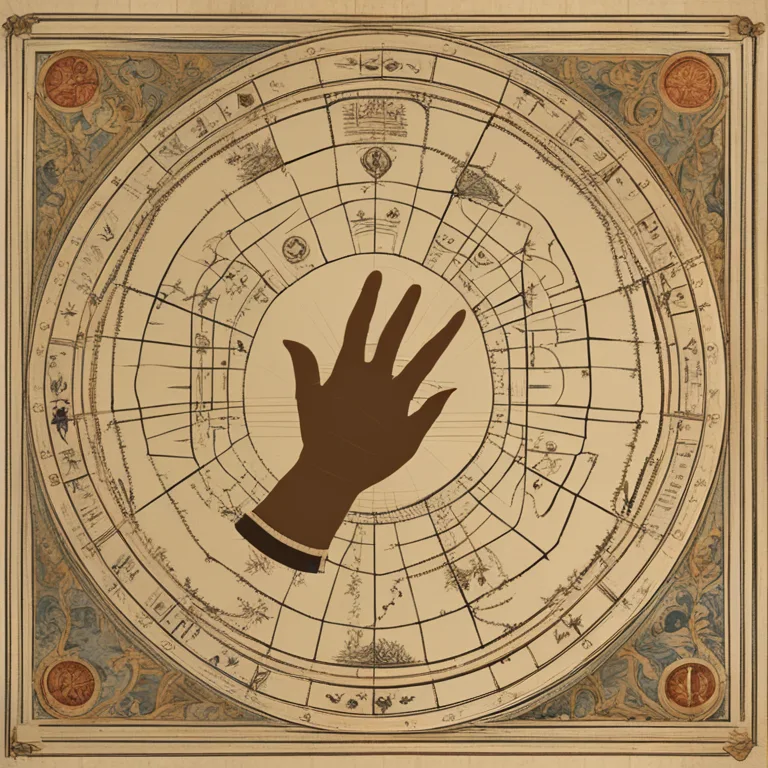
Ancient Manuscripts and Palmistry
The earliest written records tying to palmistry come from the Vedic scriptures, which offer substantial details on the lines and symbols of the hand. Meanwhile, in China, the I Ching or 'Classic of Changes' provided another philosophical context to the art. The Greeks, with works such as 'The Works and Days' by Hesiod, also contemplated the hands' significance, and Aristotle himself wrote a treatise on palmistry, supposedly after finding a manuscript on an altar to Hermes. These ancient texts indicate a global fascination, with palmistry sitting at the interface between psychology, philosophy, and the possibility of divination.
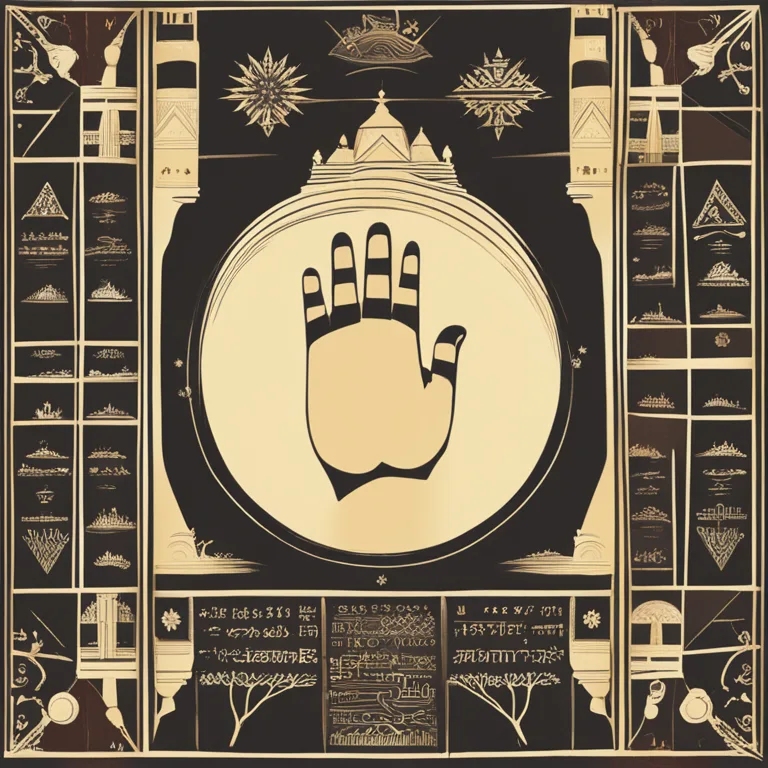
Medieval Palmistry and Beyond
In medieval times, despite the church's stance against divinatory practices, palmistry began to enter the European mainstream through traveling Roma, who were proficient palm readers. As the Renaissance dawned, intellectuals and artists revisited the ancient texts, merging empirical observation with spiritual contexts. By the 17th century, palmistry was as much a scientific endeavor as it was an art form. This era's fascination with anatomy and the workings of the body gave palmistry a veneer of respectability that allowed it to emerge alongside developments in medicine and psychology.
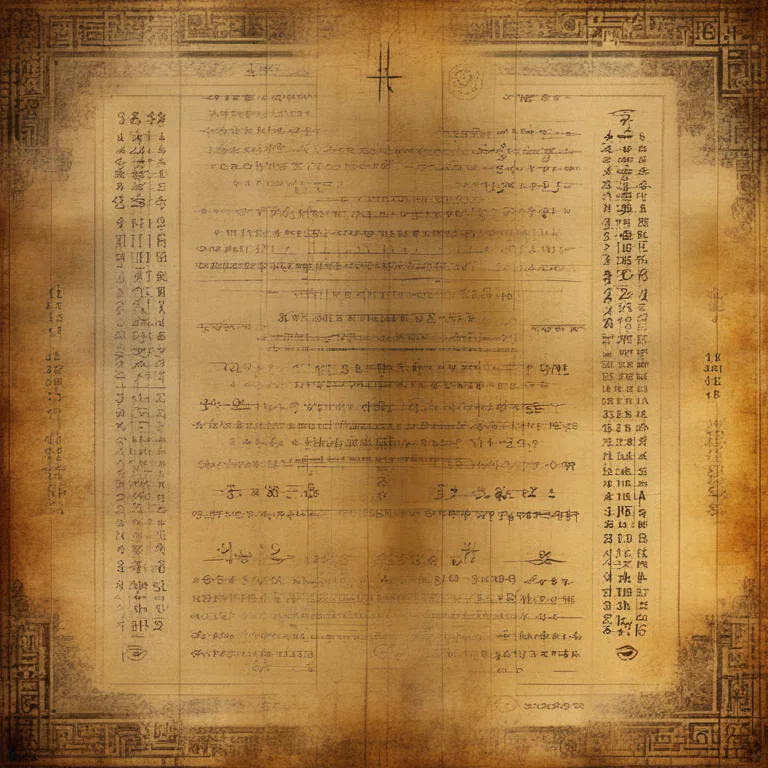
The Evolution of Interpretation
Palmistry's modern interpretation owes much to figures like Cheiro, a renowned palmist of the late 19th and early 20th centuries. His work, which drew from both astrological principles and traditional interpretations, brought palmistry back into vogue. It was his writings that framed palmistry as not just fatalistic prognostication but as a tool for character analysis and self-understanding. In the age of the new millennium, palmistry continues to evolve, now incorporating elements from neuroscience and genetics, keeping pace with the latest in scientific understanding while still honoring its mystical roots.
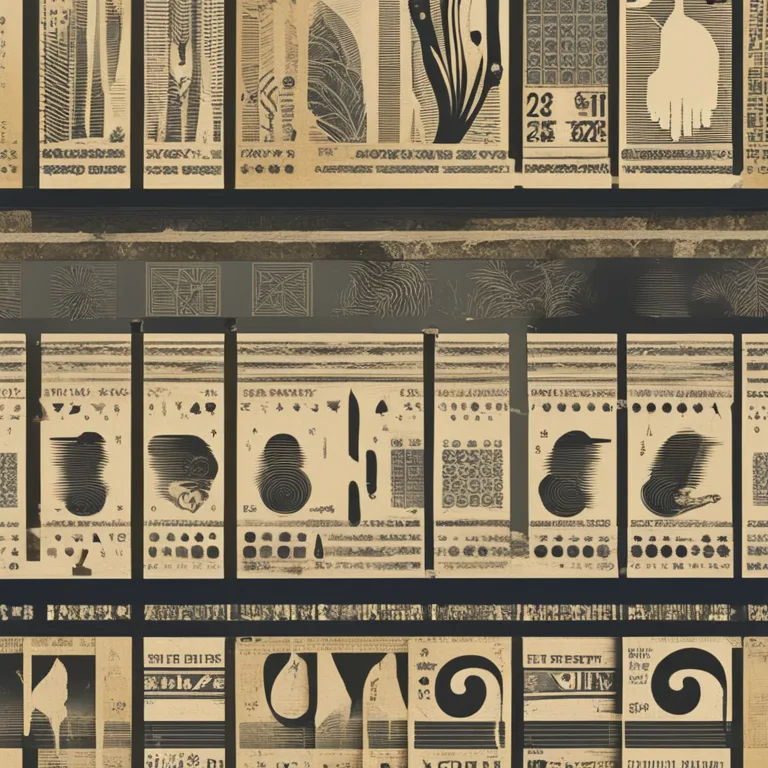
Palmistry Today and Tomorrow
As we approach 2024, palmistry stands at a crossroads of tradition and innovation. On one hand, there are efforts to digitize the practice, with apps and online platforms offering hand-readings through artificial intelligence algorithms. On the other hand, there remains a robust community of practitioners who preserve the art's essence through personal, intuitive readings. With an increasing interest in self-discovery and spirituality, palmistry's future seems assured. It is likely to maintain its allure, whether as a personal hobby, a professional service, or even as a subject of scientific inquiry into the links between our physiology and life experiences.
Concluding Palmistry's Tale
The journey of palmistry is as intricate as the lines it studies, threading through history and across continents. It captures the human desire to understand our fate and ourselves, embodying a universal quest that transcends cultural and chronological borders. From its obscure origins to its contemporary applications, palmistry symbolizes a nexus of knowledge — a reminder that despite our advances, some aspects of human life remain beautifully enigmatic.
Published: 1/3/2024
Modified: 1/3/2024
More predictions
Come back here soon to learn more about yourself and your future
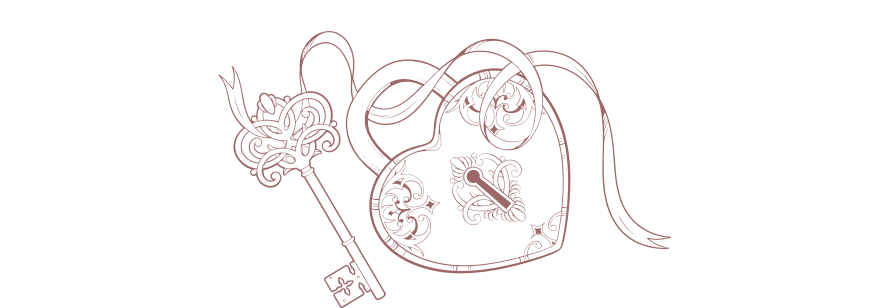
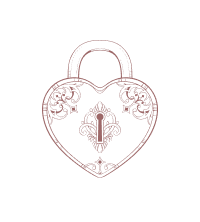
The Precision of Palmistry: Myth or Reality?
Investigating the accuracy of palmistry, this article scrutinizes its historical context and modern application to understand its potential as a tool for personal insight.
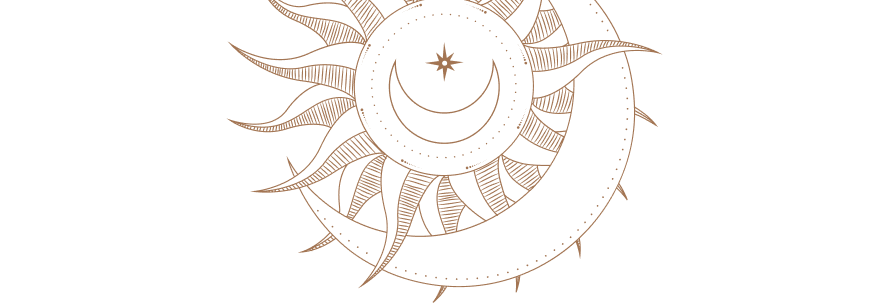

The Lines of Health in Palmistry: Insights and Meanings
Discover the significance of the health line in palmistry and what it may reveal about your wellbeing and vitality within the grooves of your palms.
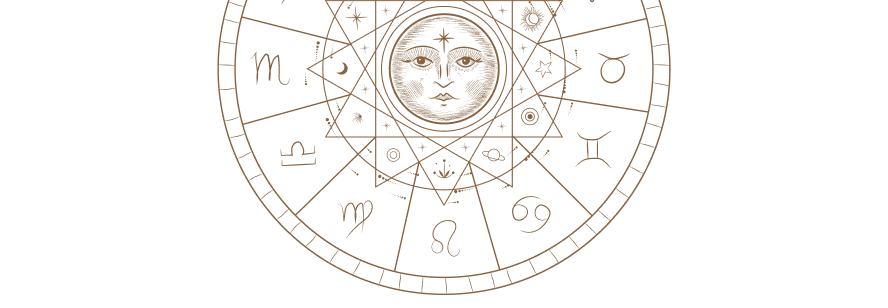
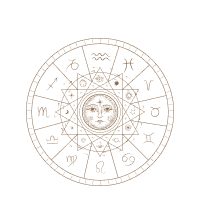
Palmistry Insights for Women: A Guide to Hand Analysis
Delve into the world of female palmistry with this guide, where we reveal how to read and interpret the lines and shapes of women's hands for insightful revelations.